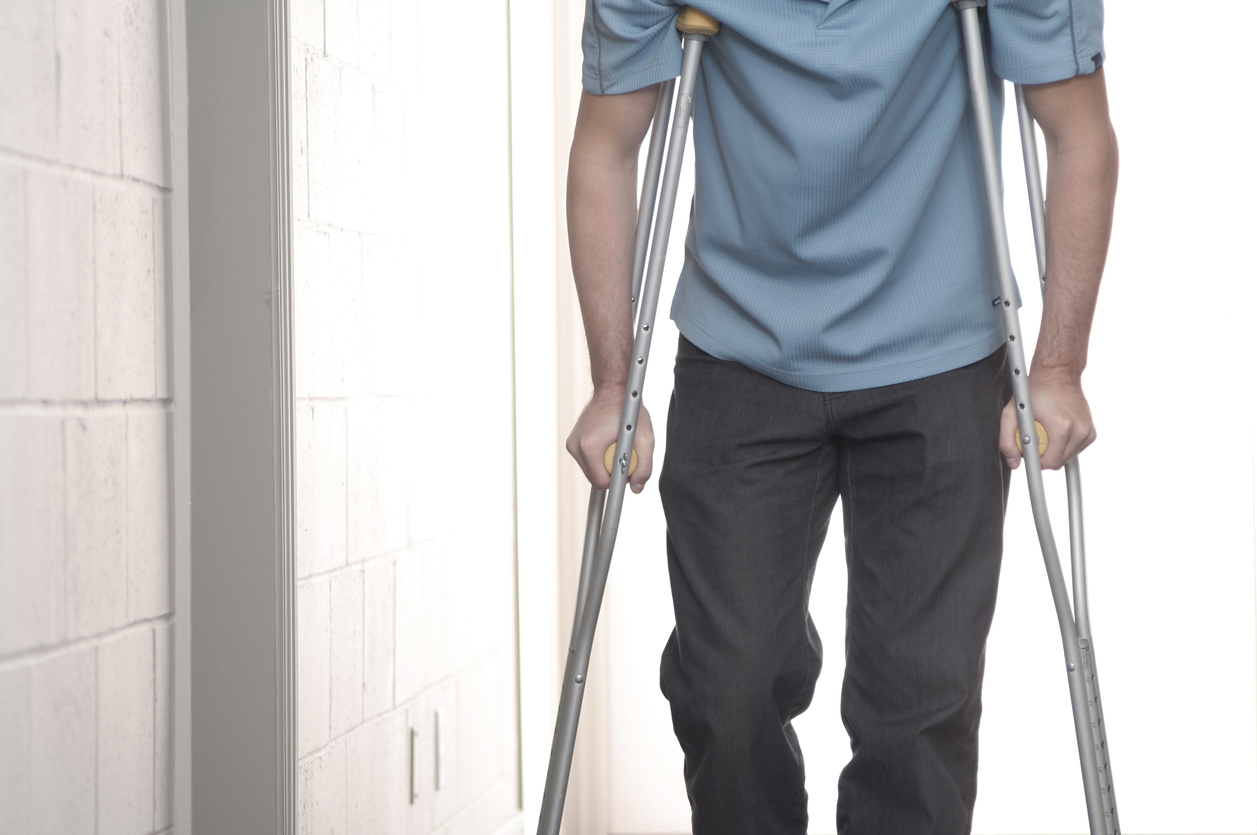There are special times when you need medical attention but can’t take the ordinary route to getting help. For instance, you hurt your arm on a Saturday while playing football with your buddies. Or, you slipped and fell on your icy sidewalk when taking out the trash after supper. Calling a family practitioner is a waste of time because they do not have evening and weekend hours. And even if they did, their schedules are fully booked for at least three days ahead and you won’t get the durable medical equipment you need. What are your options?
You could go to the emergency room. But is your injury bad enough for an emergency room visit? Will the E.R. doctors and nurses get mad at you for taking up their time with a non-emergency issue?
You could also go to an urgent care center. Let the urgent care doctor determine how serious your injury is and make the referral to emergency services, if needed. If not, they will be able to treat your symptoms until you can see your family practitioner.
Yes, this sounds like a better option. So, what exactly is an urgent care center?
What is an Urgent Care Center?
Urgent care facilities are located throughout larger cities. There may only be one in a small rural area. Currently, there are over 7,300 urgent care centers in the United States.
They are small clinics that hire physicians to treat patients who are not in an emergency, can’t get in to see their family doctor, and need of medical care right away.
Urgent care centers have hours available outside the normal workday hours, making it very convenient for patients. Most are open seven days a week for at least twelve hours a day.
They accept walk-in patients and have on-site diagnostic equipment such as x-ray machines. They provide ambulatory care to patients who are in crisis, but not enough for it to be considered an emergency. Very few patients are sent from an urgent care to the emergency room.
Most Common Diagnoses in an Urgent Care
According to reports, urgent cares treat many illnesses and injuries. The most common injuries include sprains, fractures, cuts and burns. Common illnesses include the flu, colds, strep throat and ear aches.
Rashes, sore throats, migraines, muscle pain and soreness are symptoms urgent care doctors find themselves treating each day. Fortunately, they are well-equipped to handle almost any illness or injury causing pain and suffering to their patients.
They can even provide durable medical equipment to patients who need additional assistance in helping them recover from an illness or injury.
What is Durable Medical Equipment?
Durable medical equipment refers to devices that are needed to treat a medical issue and that can withstand multiple uses. Durable medical equipment is only needed by a person who is injured or ill. It has a longevity of two to three years and is to be used in a patient’s home.
Doctors will not prescribe durable medical equipment to a patient who cannot truly benefit from its use. The durable medical equipment available in an urgent care may be different than the equipment a patient will receive in an emergency room or family physician’s office.
The needs of the patient will vary, just like the durable medical equipment.
Keep reading to find out some of the common durable medical equipment for an urgent care.
For Contusions, Sprains, and Strains
A sprain is an injury to a ligament, while a strain is an injury to muscles and tendons. All can be very painful. These injuries can produce swelling, muscle spasms, and cramping.
Urgent care centers are the perfect place to be treated for sprains and strains when you can’t see your family physician.
The durable medical equipment available at an urgent care to assist in treatments include compression devices, crutches, canes, walkers, hot and cold therapy packs and braces. Physicians and nurses working at an urgent care are responsible for making sure patients know exactly how to use the durable medical equipment prescribed.
For Respiratory Issues
Many times, someone experiencing respiratory ailments such as flu like symptoms, colds or viruses can also experience breathing problems. Durable medical equipment such as breathing treatments or machines used to get patients to breath more effectively can be prescribed.
Nebulizers, vaporizers, CPAP machines and therapy masks can aid a patient in breathing better. A few other examples include humidifiers, and oxygen masks.
Respiratory related equipment should also be thoroughly explained to the patient by the physician to prevent further harm.
For Cuts and Burns
Accidental cuts and burns are common and there is a medical protocol in treating these injuries. Cleaning wounds is the most important part of the process. Gauze pads and alcohol are essential, along with bandages, medical tape and materials to provide stitches when necessary.
Burn sheets and dressings are also on hand at urgent care centers, and in many types and sizes to meet the needs of the patient injury.
For General Health
There may be times when patients need to become better monitors of themselves and of their own health. Urgent care physicians will recognize patients who need to begin monitoring their own vitals at home to prevent larger health issues.
Using blood pressure monitors can help prevent stroke and heart disease that is caused by high blood pressure. Blood glucose monitoring and testing strips can help a patient who is pre-diabetic from becoming diabetic.
Giving detailed instructions and ensuring patients know exactly how to use the equipment prescribed is the responsibility of the urgent care physician. If patients misuse the equipment, they can misinterpret the results and misinterpret the severity of their health problems.
Durable medical equipment has been a key to patient recovery for many years. In the past, it has only been accessible at pharmacies, and only if an insurance company would cover its expense.
Today, with the rise of urgent care centers, durable medical equipment is available at the point of care. Meaning, patients can have immediate access to equipment that can assist in their recovery.




